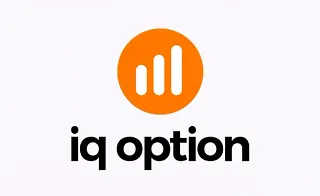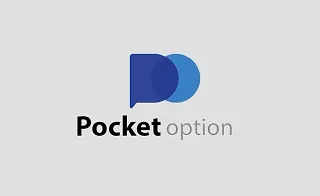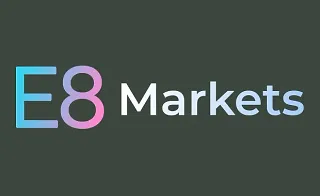Market makers refer to traders or financial entities such as central banks, large commercial companies and banks that significantly impact market trends with their massive capital.
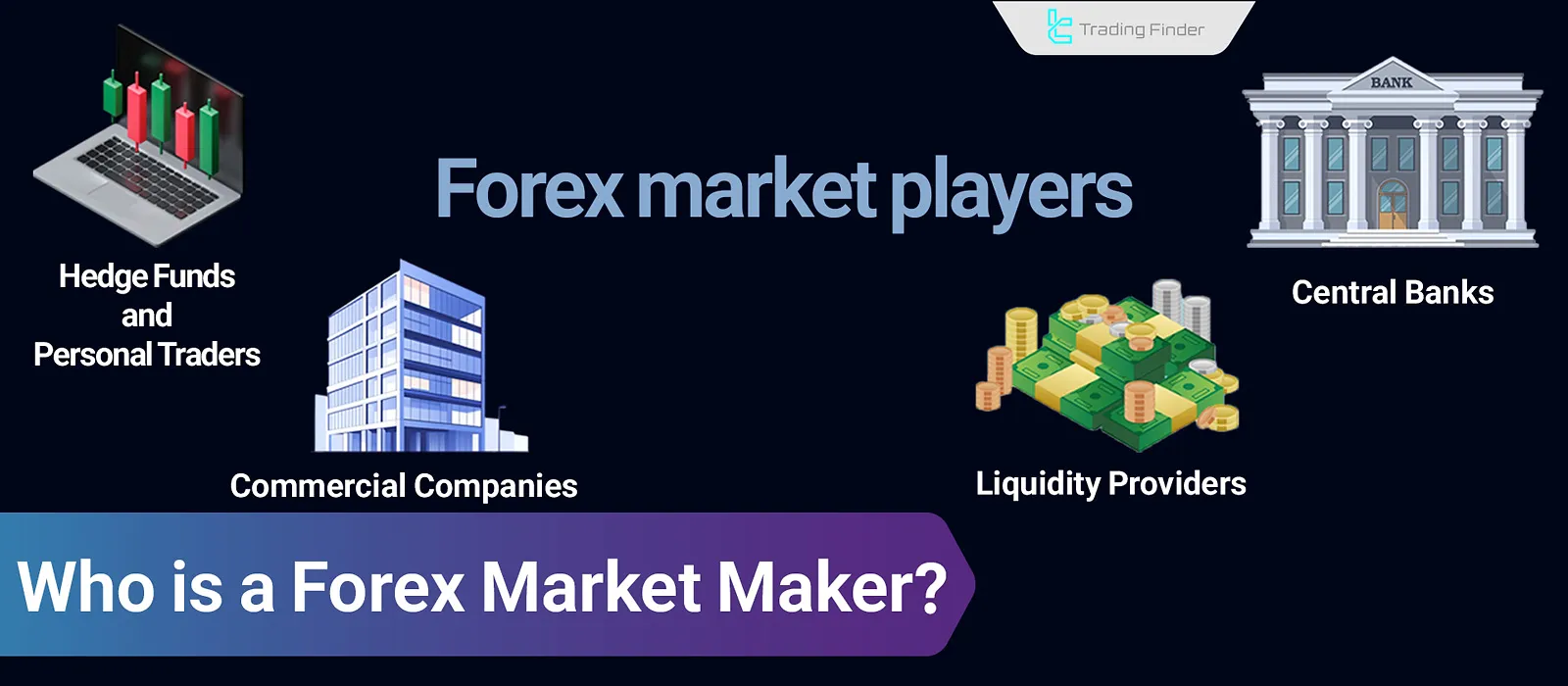
Individuals known as market makers are the main players in the market. With their high capital, advanced trading tools, and precise information, they steer the market in their desired direction.
Who Are the Forex Market Players?
From central banks to retail traders with limited capital, every influential individual in the market is considered a player. Forex market players include:
- Central Banks
- Liquidity Providers
- Large Commercial Companies
- Speculators (Hedge Funds and Individual Traders)
Central Banks
Central banks significantly impact currency pair fluctuations by setting monetary policy and controlling liquidity levels.
For example, a contractionary monetary policy, such as raising interest rates, reduces liquidity, leading to currency strengthening. Traders can identify differences in monetary policies between two economies and trade the relevant currency pair.
However, central banks do not only influence the market through monetary policy; sometimes, they verbally or monetarily intervene to steer the market in line with their objectives.
Example of Central Bank Influence in Forex
For instance, to prevent excessive strengthening of the Swiss Franc and a deflationary crisis, the Swiss National Bank verbally threatened monetary intervention in the market.
This action, along with lowering interest rates, led to the weakening of the Franc in line with the central bank's goal.
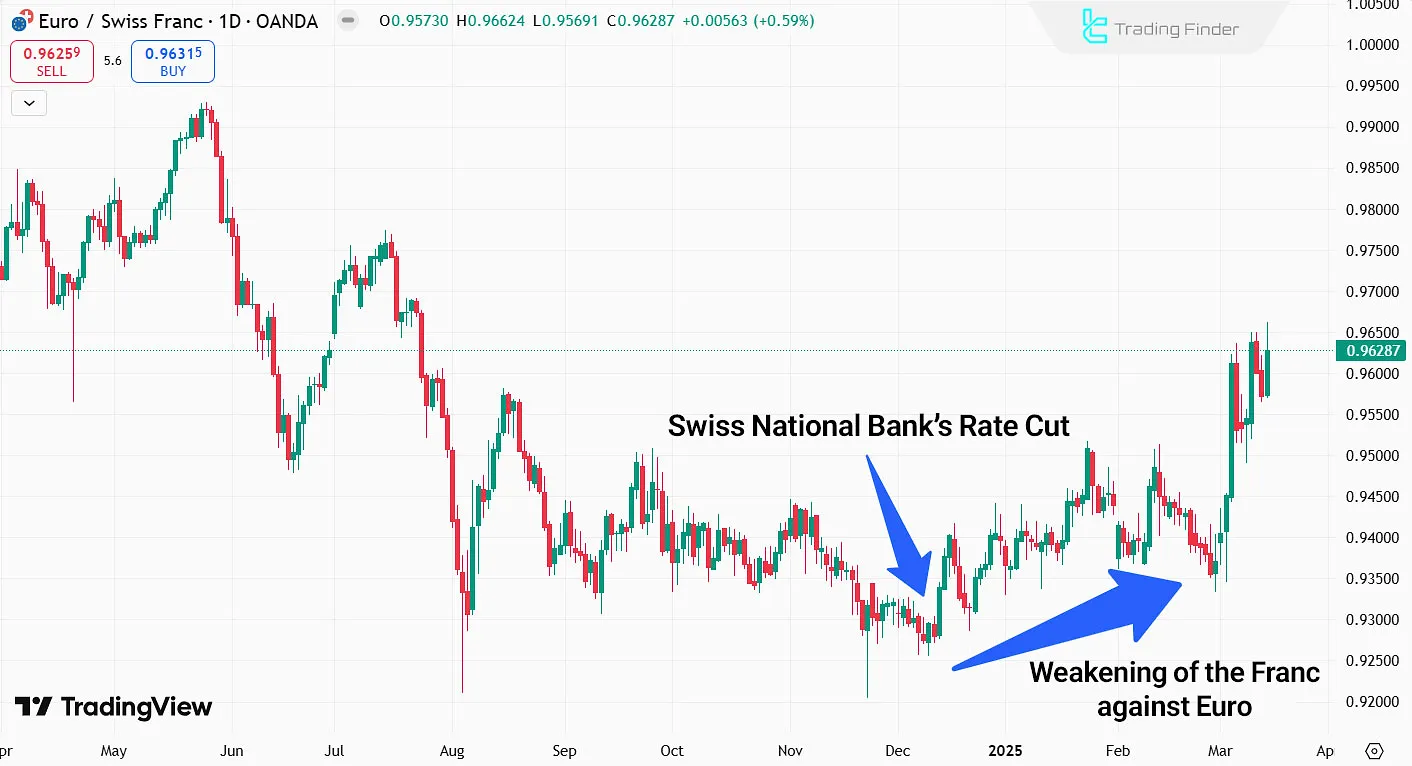
Large Banks and Liquidity Providers
Large banks and liquidity providers (Liquidity Providers) are market makers who engage in currency buying and selling as part of market-making activities. Their activities (in terms of orders) can be observed in COT reports.
Continuous high-volume trading allows them to earn significant income from the spread (difference between the Bid and Ask prices).
Banks and liquidity providers, by offering Bid and Ask prices, engage in market making and influence short-term market fluctuations.
Electronic Liquidity Providers (ELPs)
Electronic Liquidity Providers use artificial intelligence and complex trading algorithms to inject liquidity into financial markets.
These liquidity providers use automated algorithms to execute orders in the market; Algorithms continuously scan prices and place orders based on market conditions. Methods of income generation for electronic liquidity providers:
- Spread: The difference between buy and sell prices;
- Arbitrage between markets and brokers: Profiting from price differences of an asset across different brokers;
- Receiving market-making fees from various brokers.
Large Commercial Companies
Transactions by large commercial companies drive changes in exchange rates. For example, the American company Apple needs to convert Dollars to Yuan to purchase raw materials from China.
In this transaction, Dollars are sold, and Yuan are bought, thereby it reduces the Dollar's value against the Yuan.
Additionally, companies use hedging operations (Hedging) to ensure that exchange rate fluctuations do not affect their profitability.
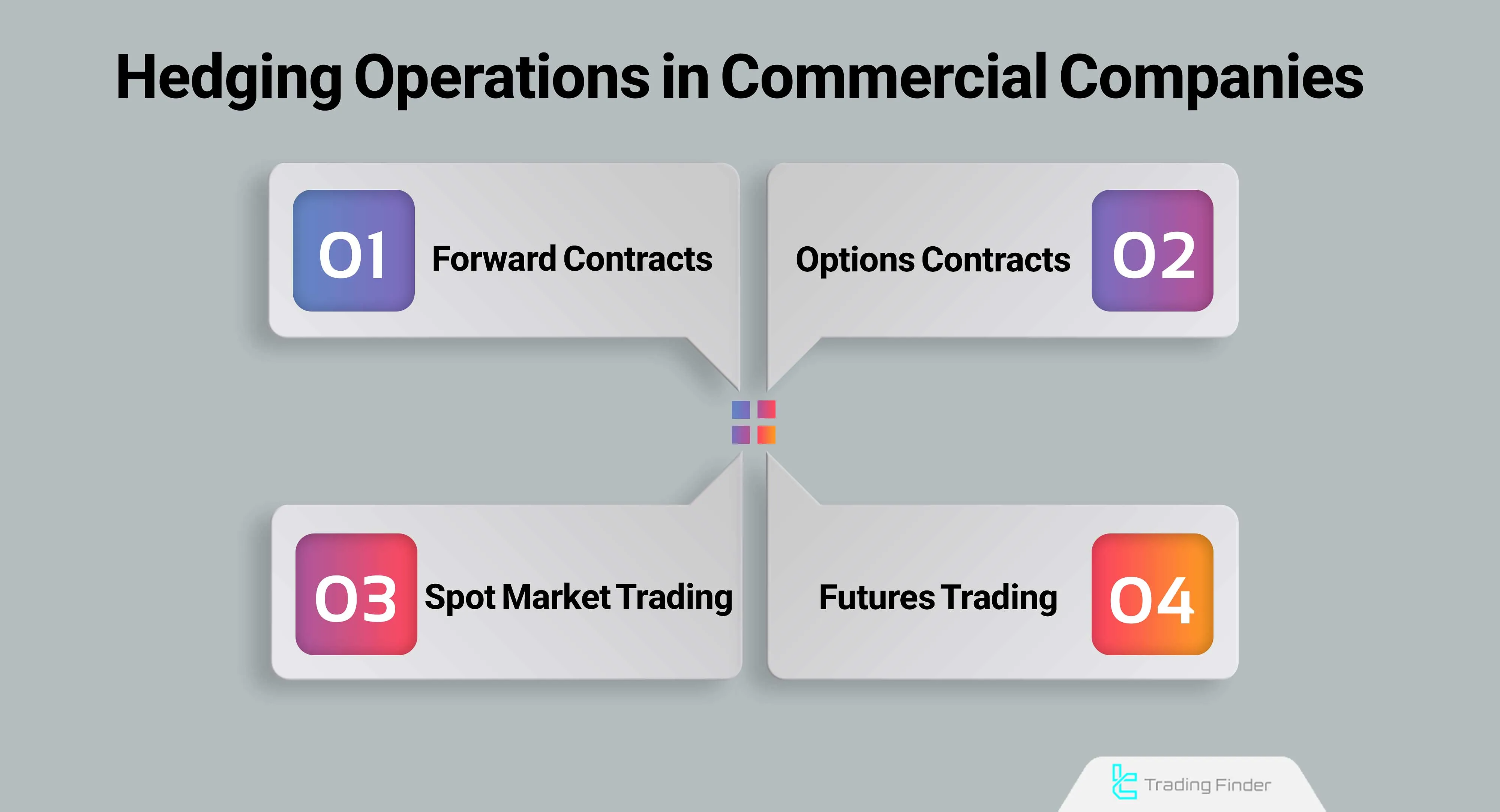
Hedging operations in commercial companies:
- Forward Contracts: Companies enter into forward contracts with banks or brokers to trade a specific currency at a predetermined price on a set date;
- Options Contracts: Companies can purchase call or put options based on their analysis; For example, a U.S. exporter to Europe worried about the euro's depreciation buys a put option to offset potential losses;
- Spot Market Trading: In the spot market, companies open trades based on their analysis to cover losses;
- Futures Trading: Companies use futures contracts to lock in a price for commodities or currencies.
Speculators (Individual Traders)
This group constitutes about 90% of trading volume and significantly impacts market fluctuations; Their goal is not hedging or commercial trading but identifying market trends through analysis to profit. Types of individual traders:
Hedge Funds
Hedge funds are forex market makers and are known as "smart money"; With their very high capital, algorithmic tools, and advanced technical analysis, they determine short-term market trends; their order directions can be tracked through COT reports on Tradingster.
Retail Traders
Retail traders use their personal studies on fundamental analysis, and technical analysis, to identify market trends. Their large numbers contribute to increased liquidity, and their emotions [such as fear and greed] influence the market in the short term.
Conclusion
Central banks, liquidity providers, commercial companies, banks, hedge funds, and retail traders are the forex market players.
Liquidity providers and hedge funds act as market makers, and market trends can be identified by tracking their orders.
Additionally, central banks influence the market through monetary policy, commercial companies through hedging operations, and hedge funds through profit-seeking activities.

